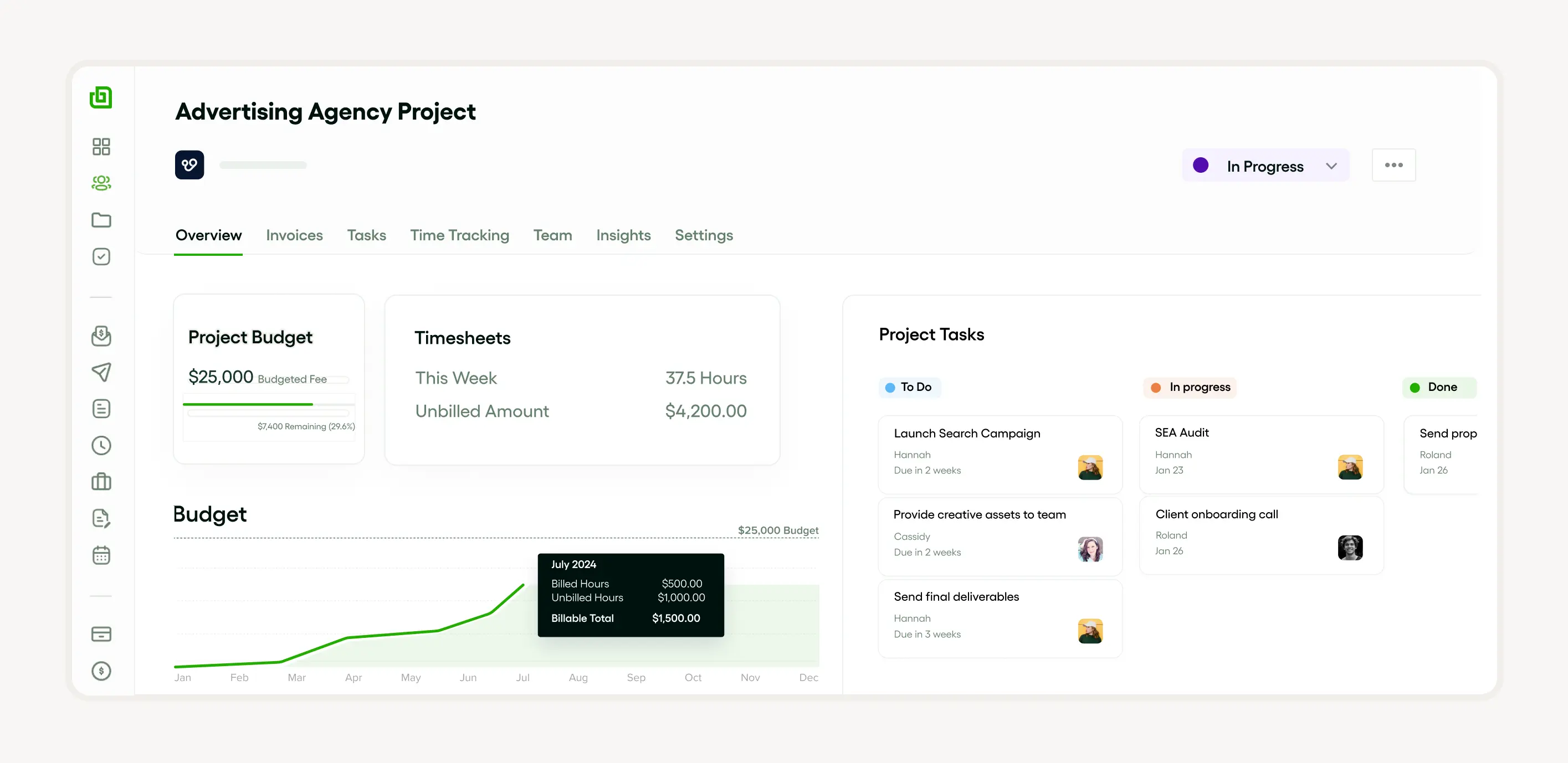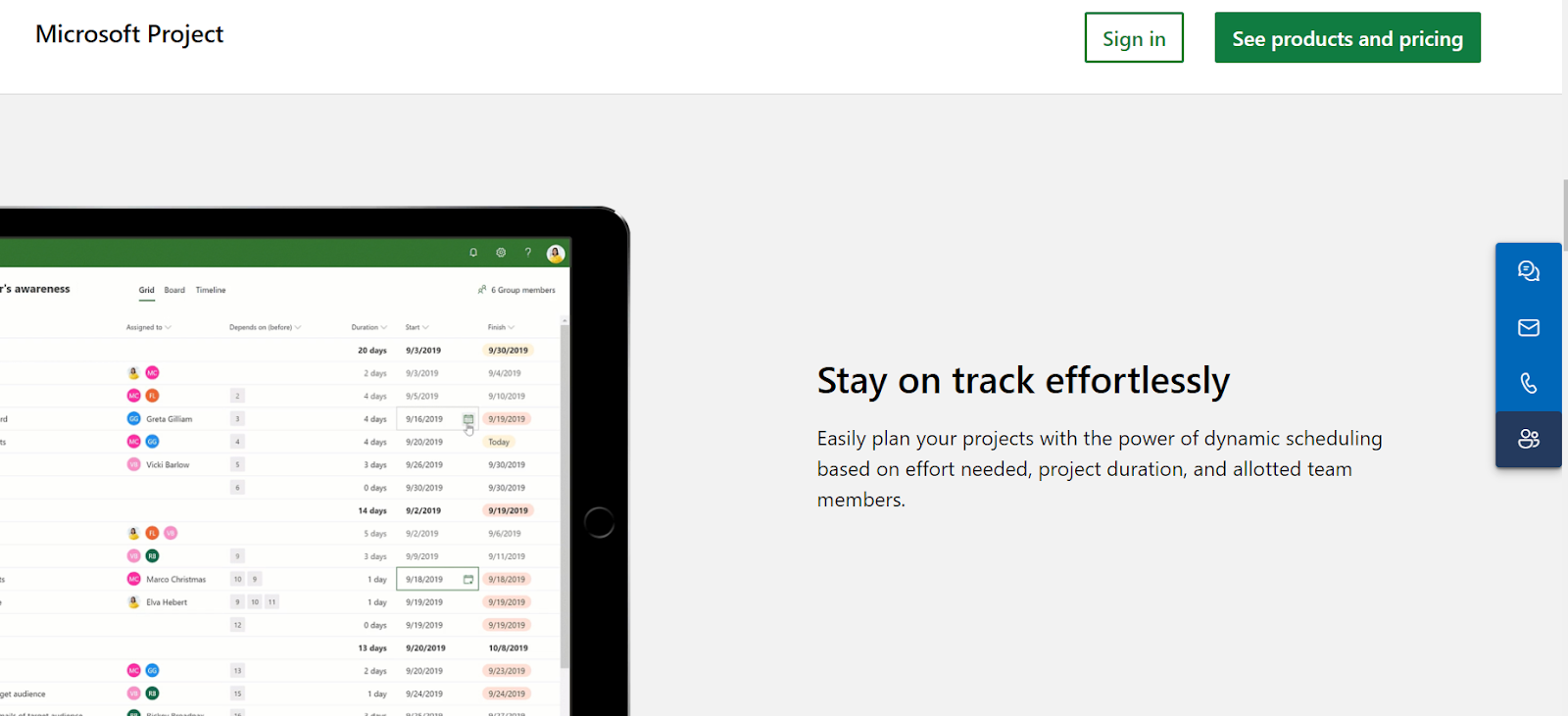Enterprise project management (EPM) is a method that uses planning and execution to match company goals with tasks. Remember that it’s done through project planning and strong project portfolio management. The process includes different stages of the project lifecycle. These stages are as follows-
- Project estimating
- Risk analysis
- Project road mapping
- Resource allocation
All these stages help to get the best project performance. The obvious thing is that the enterprise project manager plays a key role here.
The amazing thing is that EPM combines various aspects like planning, estimating, execution, as well as performance analysis! This helps to streamline resource allocation and task management. As a result, project roadmapping becomes effective and control mechanisms become efficient.
Introduction to enterprise project management
Enterprise Project Management combines project management, strategic planning, etc to reach organizational goals. Note that It uses a structured way to manage project portfolios by an enterprise project manager. The great thing is that it ensures alignment and synergy with business strategy.
Defining enterprise project management (EPM)
Enterprise Project Management (EPM) is a high-level way to manage projects. The best thing about It is that it helps a company see and control how multiple projects are doing at the same time. The EPM process includes planning the project and carrying it out. The surprising thing is that it also includes keeping an eye on it through project controls!
It’s just astonishing how EPM gives a big-picture view of the project’s life while at the same time helping improve how the project does across project management offices.
Key components of EPM
Enterprise Project Management (EPM) brings together important parts to make sure projects finish successfully. These key parts include
- Planning the project- it lays out the project’s life
- Carrying out the project- this task involves managing tasks and allocating resources
- Managing the project portfolio- helps Enterprise Project Managers in strategic planning
It’s critical to understand that project controls are used to keep track of how the project is doing and lessen possible risks.
The importance of enterprise project management
Enterprise project management helps project managers in enterprises to manage the project lifecycle. The good thing is it also helps in allocating resources effectively, tracking project performance, and setting up project controls.
So, enterprise project management is key for creating project roadmaps and for the success of organizational projects.
Benefits of implementing EPM in agencies
It’s no secret that as soon as the agencies implement EPM, they get many benefits. It makes processes and efficiencies smoother through project management and planning. This ensures the successful completion of the project lifecycle. At the same time, it makes resource allocation more logical, ensuring maximum efficiency. What’s more, is that EPM improves strategic planning too! It helps agencies to forecast, execute, and analyze projects better from a high-level perspective.
EPM also assists in managing project portfolios, and allows agencies to balance project performance with risk and prioritize projects effectively.
The great thing is that project estimating and risk analysis are improved with EPM. It enhances project controls and reduces the chances of financial and operational risks.
Challenges in enterprise project management
It’s a sad reality that it is hard to plan and estimate projects because enterprises are big and complex. The project manager in an enterprise needs to manage a portfolio of projects. They need to balance different projects and resources.
EPM has other challenges that include analyzing risks and making sure we spot and deal with problems early. It’s crucial to confirm that tasks are done on time and within budget. We need controls to monitor how the project is doing and to make adjustments if needed.
Common pitfalls and how to avoid them
Common mistakes in project management consist of not planning strategically and not having good methods for executing projects. The worst part is that these mistakes can lead to poor performance and failure to analyze risks.
To avoid these mistakes, we need to focus on-
- Managing tasks
- Planning the project roadmap
- Allocating resources efficiently
Good project planning aids us in understanding the project lifecycle and estimating the project accurately. The cool thing is that using project controls and project management offices can help reduce these challenges too!
Steps to implementing enterprise project management
It is no surprise that enterprise project management starts with strategic planning. This plan aligns the company’s strategic goals with project management. A necessary part of this process is project portfolio management.

The following step is project planning and estimating. This includes allocating resources and outlining necessary tasks. The enterprise project manager has to supervise project execution.
Let’s not forget that there must be project control mechanisms. These mechanisms ensure a smooth project lifecycle while guaranteeing effective task management.
Planning and strategy development
Strategic planning and project management are vital for any enterprise project manager. It’s interesting that this process contains project estimating and risk analysis. The fascinating thing is that these secure efficient resource allocation throughout the project lifecycle
Project portfolio management and project management offices provide project controls while assisting in project road mapping. These contribute significantly to improved project performance.
Choosing the right EPM tools
It’s crucial to understand that the right tools for Enterprise Project Management (EPM need to have strong features. These features should focus on planning projects, managing a collection of projects, and more such things. And, it’s obvious that these tools use these features to make the project process smoother. It’s just amazing how they help manage tasks efficiently and improve how the project performs.
EPM tools should be very useful for analyzing risks effectively as well as carrying out projects smoothly. They should offer good controls for projects and easy-to-understand project plans. They must guarantee resources are used in the best way across all project management offices.
Exploring EPM tools and software
A surprising thing to note is that EPM tools are changing how project management works, from planning strategically to carrying out projects. They bring together tasks, how resources are used, etc. This improves how the project process is delivered. The great thing is that EPM software gives a high-level view of the status of the project manager’s projects in the enterprise.
Important features of these EPM tools include the ability to analyze risks, plan projects, and track how projects are performing. With these solutions, project management offices can control projects effectively, and in the end, guarantee business strategies are carried out successfully.
Bonsai for business project management in one platform

Bonsai facilitates seamless collaboration with team members, clients, and freelancers, improving communication and productivity. It's an essential tool for modern businesses looking to boost productivity and grow their operations.
Oracle Primavera for large-scale project management
The amazing tool Oracle Primavera has a function for managing projects at the enterprise level. It’s amazing how this function helps in strategic planning and managing a collection of projects effectively for offices where projects are managed.
Besides executing project tasks, it helps in allocating resources. It analyzes risks to prepare for potential problems. The best thing about Oracle Primavera is that it promotes being open and managing tasks efficiently in large projects.
Microsoft project for enterprise project management
It’s well known that Microsoft Project is a strong tool used for managing big projects. It has features like planning, estimating, and executing projects. These features help in strategic planning. The interesting thing is that they make sure the project runs smoothly from start to finish and performs well.

Note that. Microsoft Project makes project processes simpler. This makes it a very useful tool in offices where projects are managed.
Workfront for modern work management
Workfront provides project managers in big companies with necessary tools. These tools help in planning and managing projects efficiently. It has amazing features for
- Estimating projects
- Analyzing risks
- Executing projects
Workfront’s work management solution has several key aspects. These comprise managing all projects in an organization, planning projects thoroughly, etc.
Best practices for effective enterprise project management
Remember, good project management in big companies depends a lot on strategic planning and following the project lifecycle. It’s essential for the project manager to be skilled in planning projects along with analyzing risks. The benefit is that these skills help in executing projects and ensuring good project performance.
There are key practices for managing projects involving making a project roadmap, maintaining project controls, etc. It’s obvious that wisely allocating resources is critical for managing all projects.
Aligning EPM with business goals
For a project to be successful, Enterprise Project Management (EPM) must align well with business goals. This alignment involves using tools. These tools include project roadmapping for the company’s vision, project portfolio management for best use of resources, plus more such things.
It’s essential to understand that to achieve these goals, a coordinated approach is needed. This contains project management offices for maintaining project controls. It also involves project lifecycle management for a structured framework. Risk analysis and project estimating can help avoid uncertainties and potential problems.
Effective communication and collaboration
An enterprise project manager needs to be good at communication and collaboration. These skills are very important in project portfolio management. This is because it often involves strategic planning and allocating resources to various projects in an organization.

It is well known that these skills are important in project management offices. They are needed for project planning, project estimating, etc. These need to be communicated well to different stakeholders in the project lifecycle.
Continuous monitoring and improvement
Good project management needs constant checks and improvements for the best performance. It comes with no surprise that a project manager in a company looks after the planning and doing of the project. They keep changing strategies as needed. This includes changing how resources are used and managing tasks to match the project plan.
Project controls are vital for analyzing risks and estimating projects. They help find possible issues early so that necessary changes can be made. This prevents big problems in the long run but even with detailed planning, unexpected changes can happen. In general, managing a project portfolio needs a repeating process.
Conclusion: The future of enterprise project management
Looking at the future of project management in companies, it’s clear like sunshine that strategic planning and managing project portfolios will become more important. These parts, along with good use of resources, ensure efficiency and success in managing tasks.
Project controls and estimating projects will also be very important in planning and doing projects. They will help project managers in companies predict and measure how well a project is doing accurately. So, it is not surprising that the future of project management will be more connected and complete.







